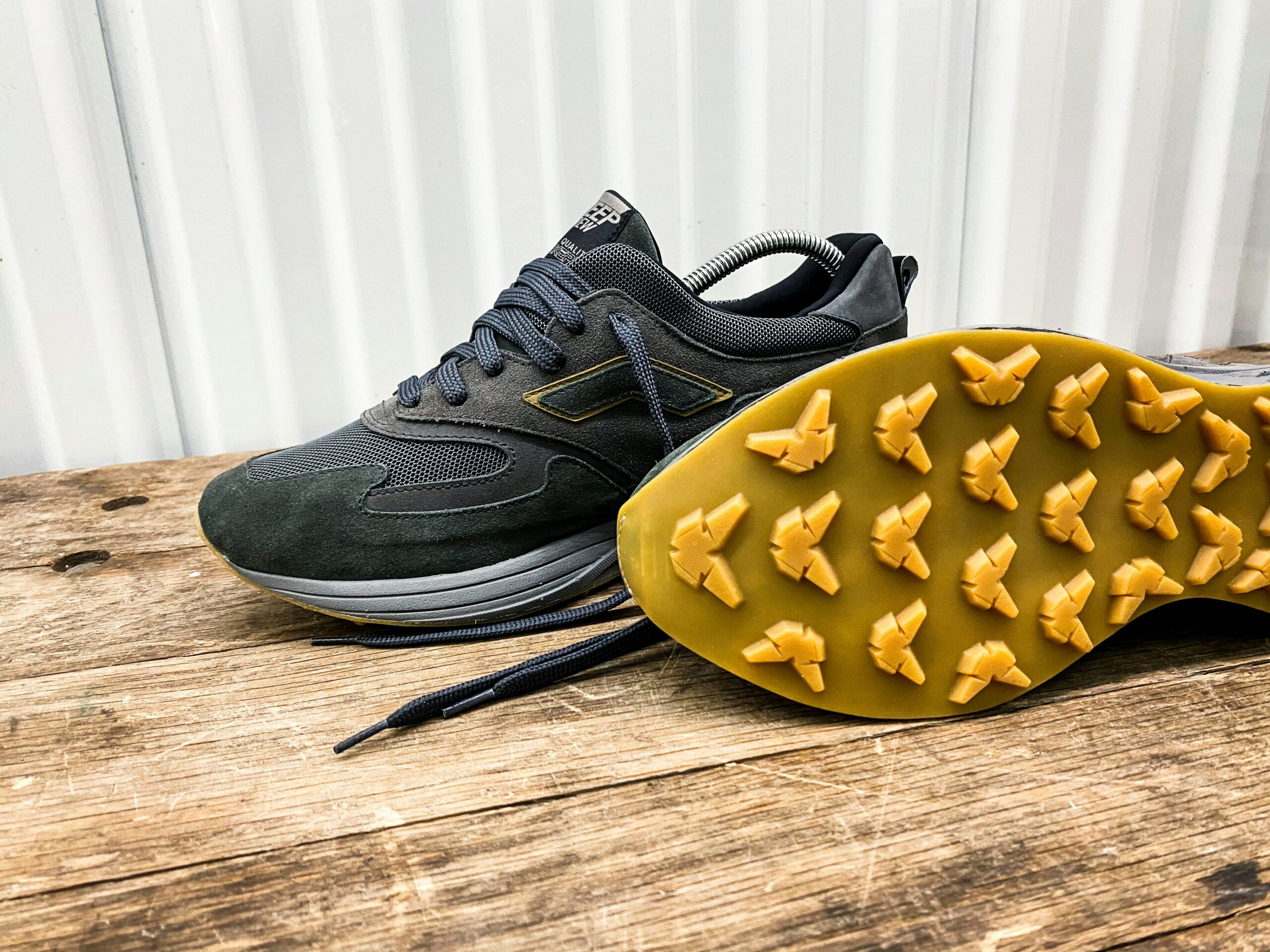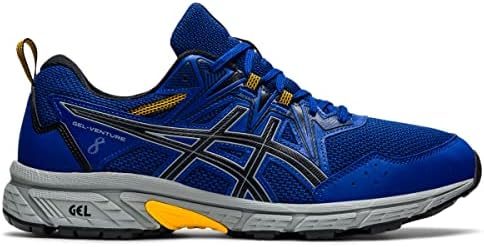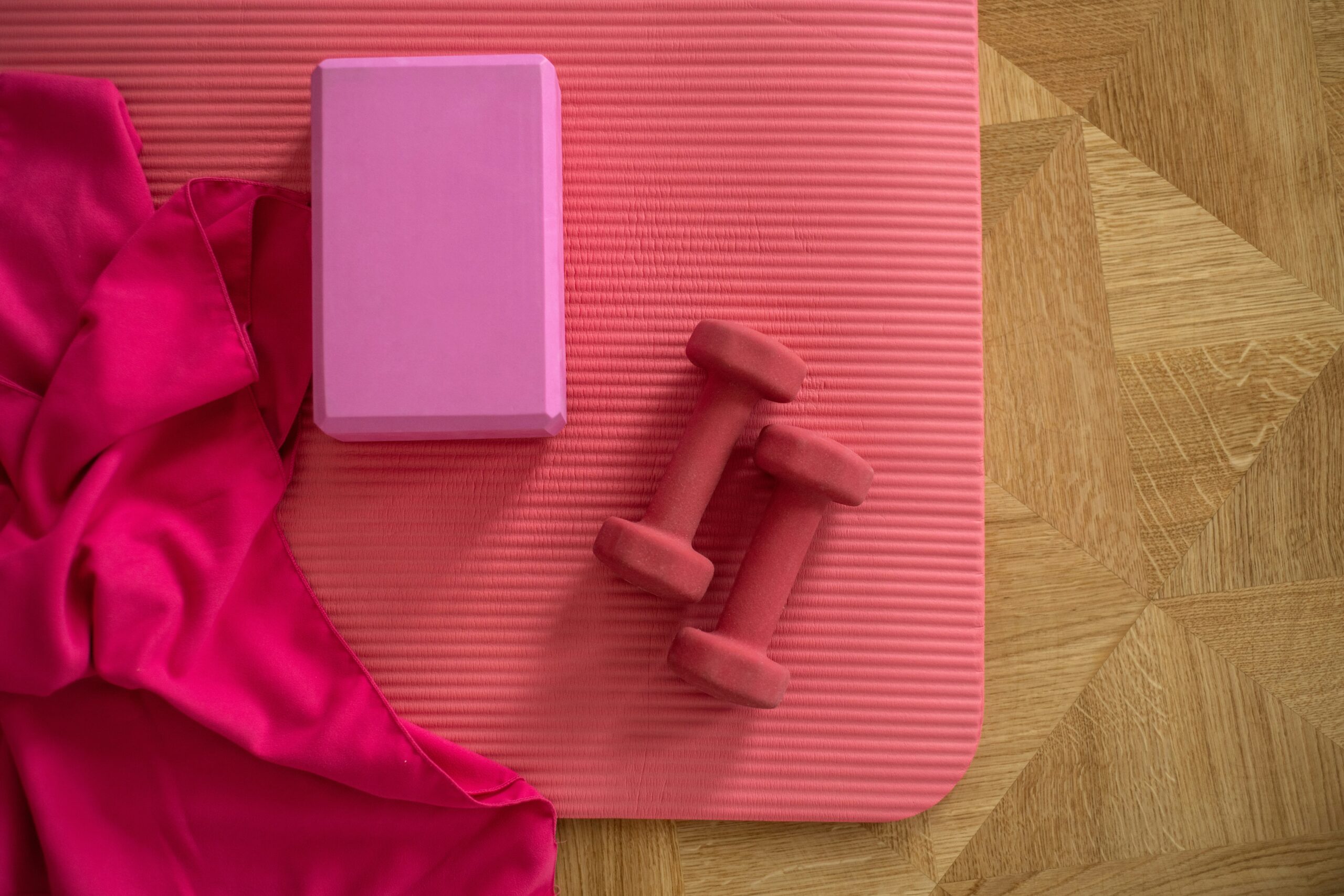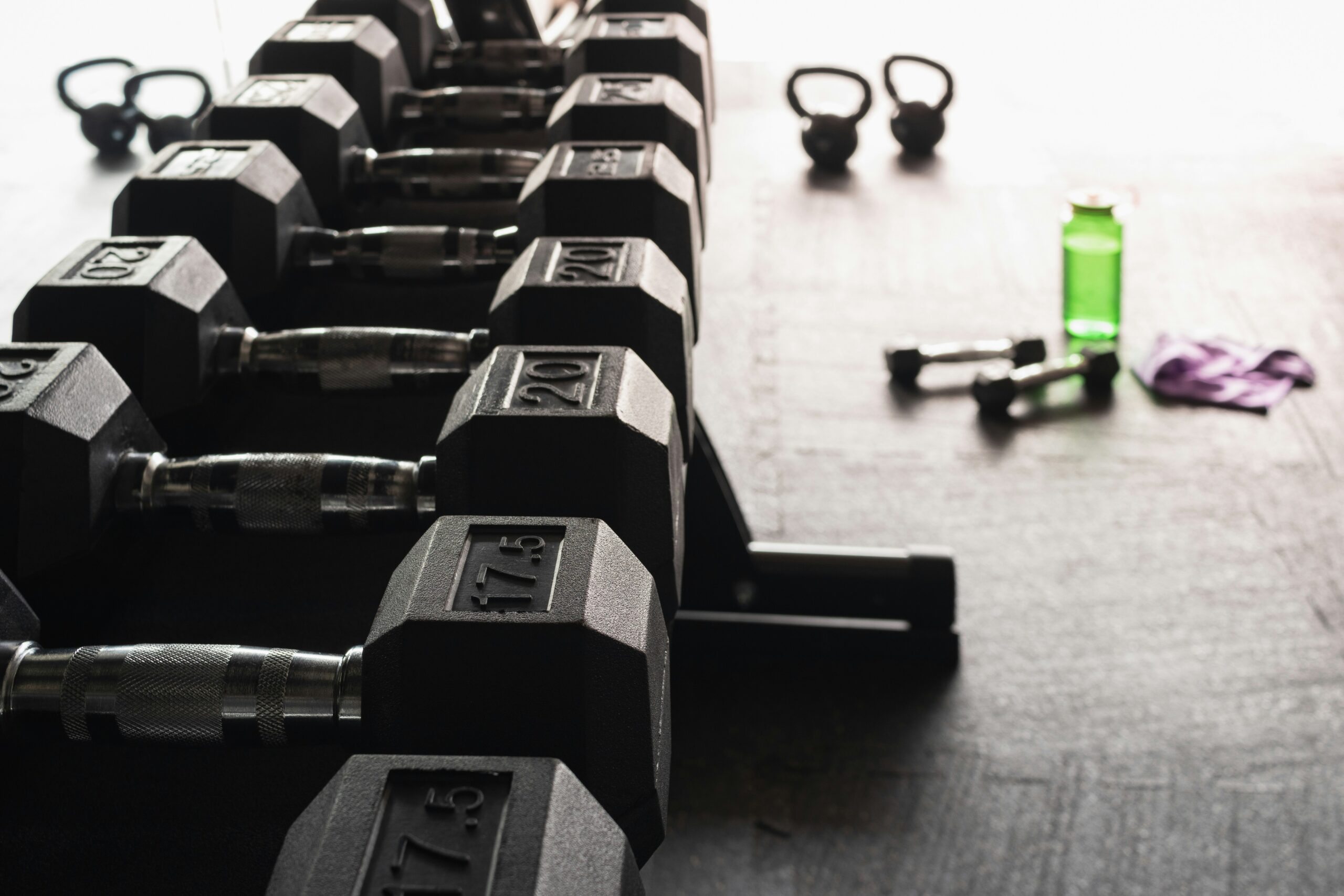Introduction to Running Shoes for Beginners
Selecting the right running shoes is a foundational aspect of any beginner’s journey into the world of running. For novices, the wide variety of options available can be overwhelming. However, understanding the significance of quality footwear can vastly enhance running performance, aid in injury prevention, and ultimately lead to a more enjoyable running experience. Running shoes are specifically designed to provide the necessary support, cushioning, and stability that promote proper biomechanics while minimizing the risk of injuries such as shin splints and plantar fasciitis.
For beginners, the cost-benefit analysis of running shoes is particularly crucial. Investing in a suitable pair of shoes can save runners from potential medical expenses associated with injuries caused by inadequate footwear. It is essential for beginners to prioritize comfort and support over brand name or style. When evaluating options, factors such as arch support, the shoe’s weight, and its intended use—whether for trail running or road running—should all be taken into consideration. It is prudent to test various shoes to determine which model provides the best fit and stability for individual foot types.
Moreover, while many premium models may promise advanced features, several budget-friendly options also meet the essential criteria for effective running. Understanding the features that contribute to performance—such as heel-to-toe drop, flexibility, and breathability—can help novices make informed decisions without overspending. Ultimately, selecting the right running shoes is not solely about the upfront cost, but rather the long-term benefits, including increased enjoyment and improved performance on the running path. A careful evaluation of features can lead to a significant advantage, creating a solid foundation for a healthy and sustainable running habit.
Key Factors in Choosing Running Shoes
Selecting the right running shoes is essential for beginners looking to enjoy their running experience while minimizing the risk of injury. Understanding the various factors that influence the choice of running footwear is vital in ensuring optimal performance and comfort. One of the first considerations is foot type. Individuals typically fall into three categories: neutral, flat (pronated), or high arch (supinated). Knowing one’s foot type can guide the selection of shoes that provide appropriate support and alignment during running.
Another critical factor is running style, which primarily consists of heel striking and forefoot striking. Heel strikers tend to impact the ground first with their heel while running, while forefoot strikers land on their toes. Each style may require different shoe designs to provide the best cushioning and support, as heel strikers often benefit from enhanced heel cushioning, while forefoot strikers may need shoes that offer a more flexible forefoot for better ground contact.
Cushioning and support are crucial elements in a running shoe, particularly for beginners who may not yet have developed the strength and form necessary for longer distances. Shoes with adequate cushioning can help absorb impact, reducing stress on the joints. Support requirements will hinge on foot type as well, with those who overpronate needing stability shoes that offer corrective features to promote a neutral foot position.
Additionally, the terrain plays a pivotal role in shoe selection. Beginners should consider whether they will run primarily on roads or trails, as trail running shoes are designed with deeper treads and more protective features to handle rugged surfaces. Lastly, fit and comfort cannot be overstated—shoes should feel right and be tested before purchase. Ensuring the correct size and ample room in the toe box are critical components that contribute to an enjoyable running experience, making the selection process all the more important for those new to running.
Best Cost-Benefit Running Shoe Models for Beginners
When it comes to selecting running shoes, beginners often seek models that provide optimal comfort, support, and durability without breaking the bank. Here, we explore some of the best cost-benefit running shoe models tailored for those just starting their running journey.
The ASICS Gel-Venture 8 is a popular choice among novices. Designed for off-road fun, this model features a rugged traction outsole, providing great grip on various terrains. It incorporates a gel technology in the rearfoot for shock absorption, facilitating a comfortable run. Priced around $80, its affordability combined with functionality makes it an excellent option for trail enthusiasts.
Next, we have the Brooks Ghost 14. Often praised for its cushioning and support, the Ghost 14 offers a smooth ride suitable for road running and light trails. Its DNA Loft foam ensures that runners experience softness without sacrificing responsiveness. Retailing around $140, it may be a bit pricier, but often yields a significant return in performance and comfort.
The Nike Revolution 6 is an entry-level model aimed at beginners who desire versatility. With a lightweight design and mesh upper for breathability, this shoe provides ample cushioning for various running styles, from jogging to speed training. The price point of approximately $75 makes it an appealing choice for those looking for a well-rounded shoe.
- 100% Leather
- LOCU{visjames}
- The Nike Air Force 1?07 is made with a leather and synthetic upper with perforations for enhanced ventilation. The foam …
Lastly, the New Balance Fresh Foam 880v11 is noted for its plush feel and overall comfort. The Fresh Foam midsole delivers exceptional cushioning, catering to long-distance runners. Its typical pricing around $130 positions it in the mid-range category, offering a blend of quality and affordability for those focusing on priming their running skills.
Each of these models presents a robust cost-benefit ratio, enabling beginners to make informed choices that align with their running needs and budget constraints.
Maintaining Your Running Shoes and Staying on Budget
Proper maintenance of running shoes is essential not only for extending their lifespan but also for ensuring optimal performance during runs. Beginners often overlook the importance of shoe care, which can lead to premature wear and tear. Regular cleaning is a critical step in maintenance; remove dirt and mud after each run using a damp cloth. For deeper cleaning, use a mild detergent mixed with water, ensuring to rinse thoroughly to avoid residue buildup. It is advisable to let shoes air dry instead of placing them in direct sunlight or using a heat source, as excessive heat can degrade materials over time.
Storage is another vital component of maintaining running shoes. When not in use, it is best to store them in a cool, dry place away from direct sunlight. This prevents damage from moisture and UV exposure. Additionally, consider using a shoe tree to help maintain the shape of your shoes, which can aid in preserving their structural integrity.
Recognizing when it is time to replace your running shoes is crucial to maintaining your running performance. A good rule of thumb is to replace running shoes after every 300-500 miles or when noticeable signs of wear and tear occur, such as a reduced cushioning feel or visible tear in the upper material. Keeping track of your mileage and regularly assessing the condition of your shoes will ensure you remain safe and comfortable while running.
To stay within budget while investing in quality running shoes, it is wise to look out for sales, discounts, and online promotions. Many reputable retailers offer seasonal sales that can significantly reduce costs. Exploring online resources for price comparisons can also lead to better deals. Additionally, subscribing to newsletters or loyalty programs of running shoe brands can provide access to exclusive offers and first-hand information about discounts.








